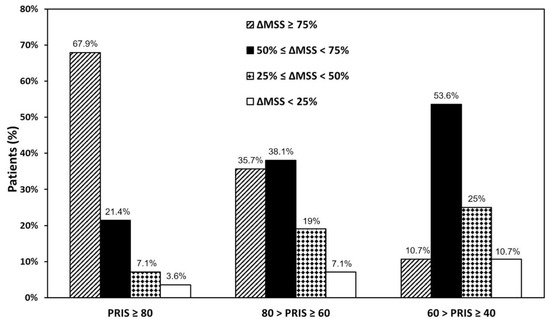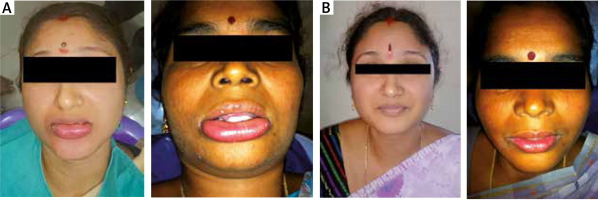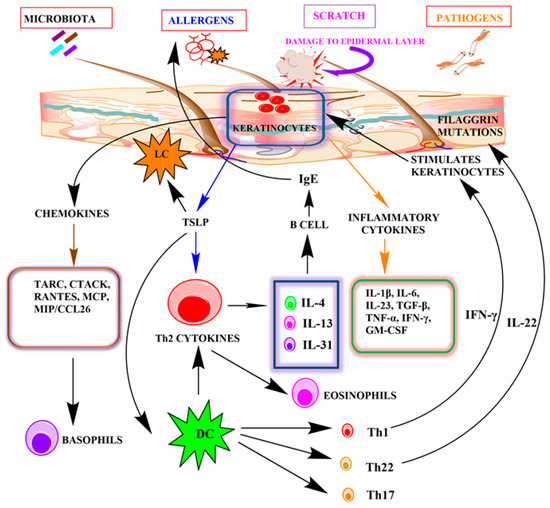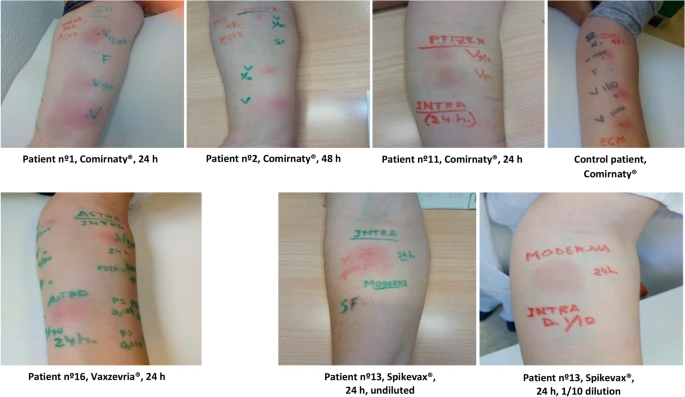Background
Anaphylaxis is a severe and potentially life-threatening allergic reaction that can have a detrimental impact on quality of life (QoL). There are no validated scales to measure the impact of anaphylaxis on QoL of adults.
Objective
The aim of this study was to develop and assess the reliability and validity of a QoL scale for adults with anaphylaxis (Anaphylaxis Quality of Life Scale for Adults [A-QoL-Adults]).
Methods
All participants were recruited from a specialist allergy clinic and had a confirmed diagnosis of anaphylaxis (as per the World Allergy Organization diagnostic criteria) to food, drugs, venom, or latex or had spontaneous anaphylaxis. Interviews were conducted with 13 adults; data were analyzed using thematic analysis to extract items for a QoL scale. A prototype QoL scale was then completed by 115 participants alongside validated scales to measure generic QoL (World Health Organization Quality of Life Scale [Brief Version] [WHOQoL BREF]), anxiety and depression (Hospital Anxiety and Depression Scale [HADS]), and stress (Perceived Stress Scale [PSS]).
Results
The A-QoL-Adults scale has 21 items demonstrating excellent internal reliability (Cronbach α = 0.96). Factor analysis produced 3 subscales: Emotional Impact; Social Impact; and Limitations on Life. Each has excellent internal reliability (0.92, 0.92, and 0.91, respectively). Poorer anaphylaxis-related QoL (total A-QoL-Adults score and subscale scores) correlated significantly with poorer general QoL and greater anxiety, depression, and stress (all P < .01 with medium-to-large effect sizes).
Conclusions
The A-QoL-Adults scale is a reliable measure of QoL in adults with anaphylaxis and shows good construct validity. It will offer health care professionals a means to further understand the impact of anaphylaxis on adult patients and could help direct and monitor allergy management and the need for further psychological intervention.














